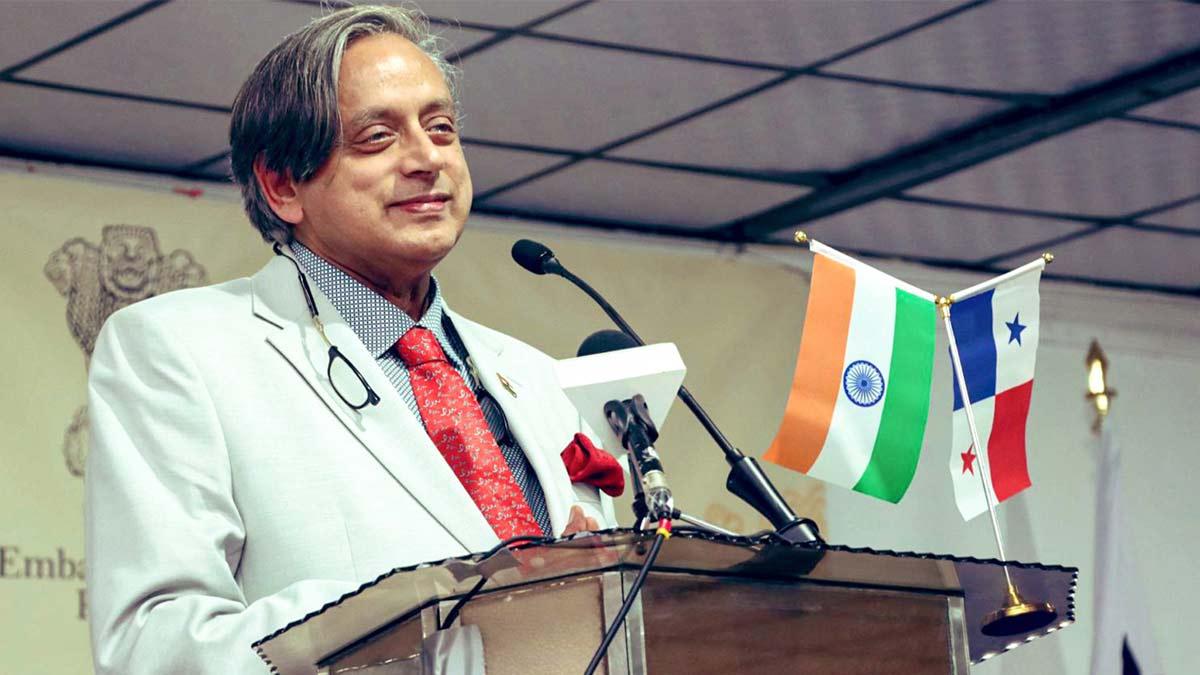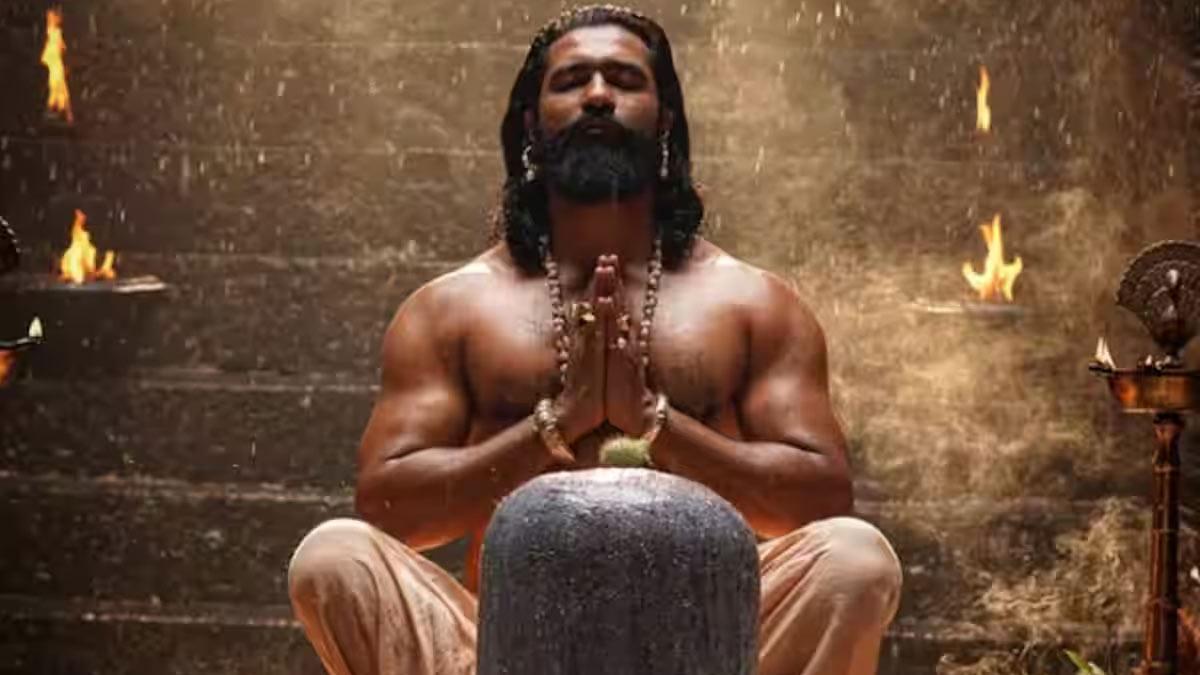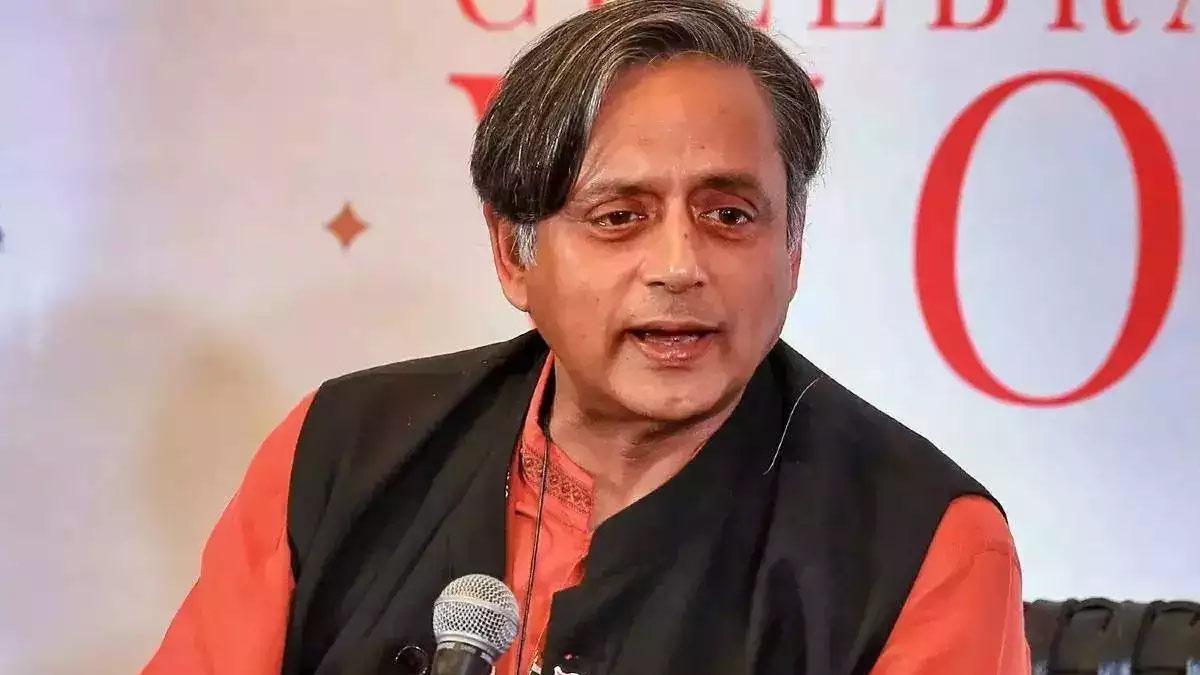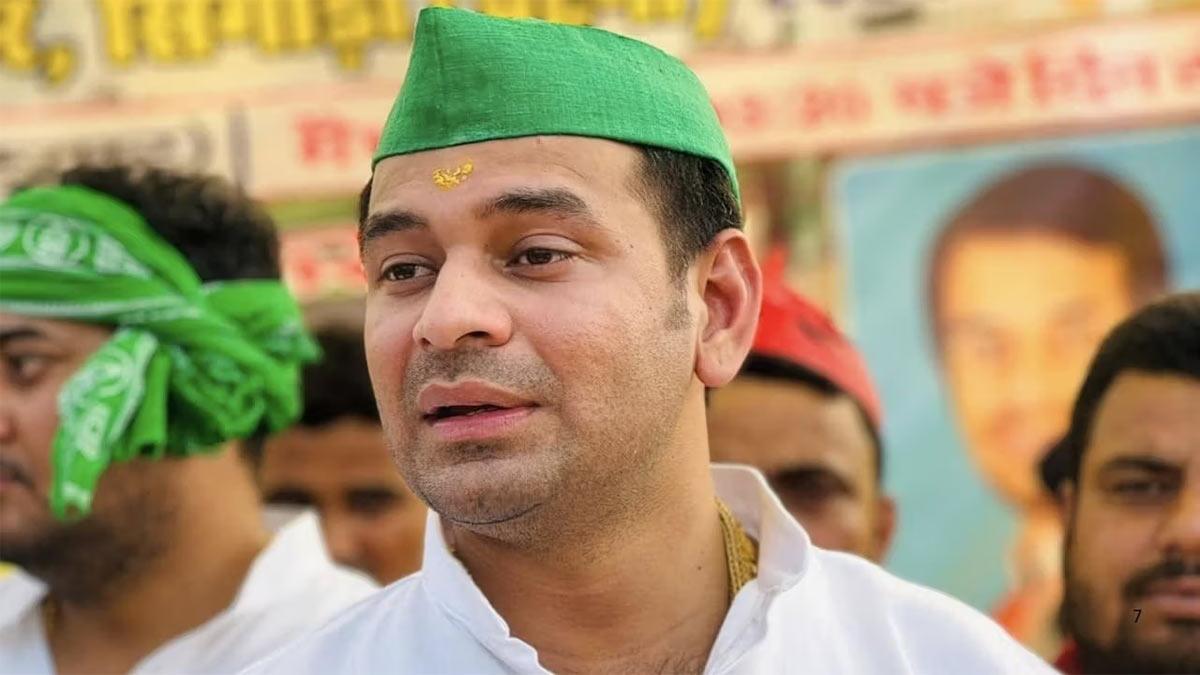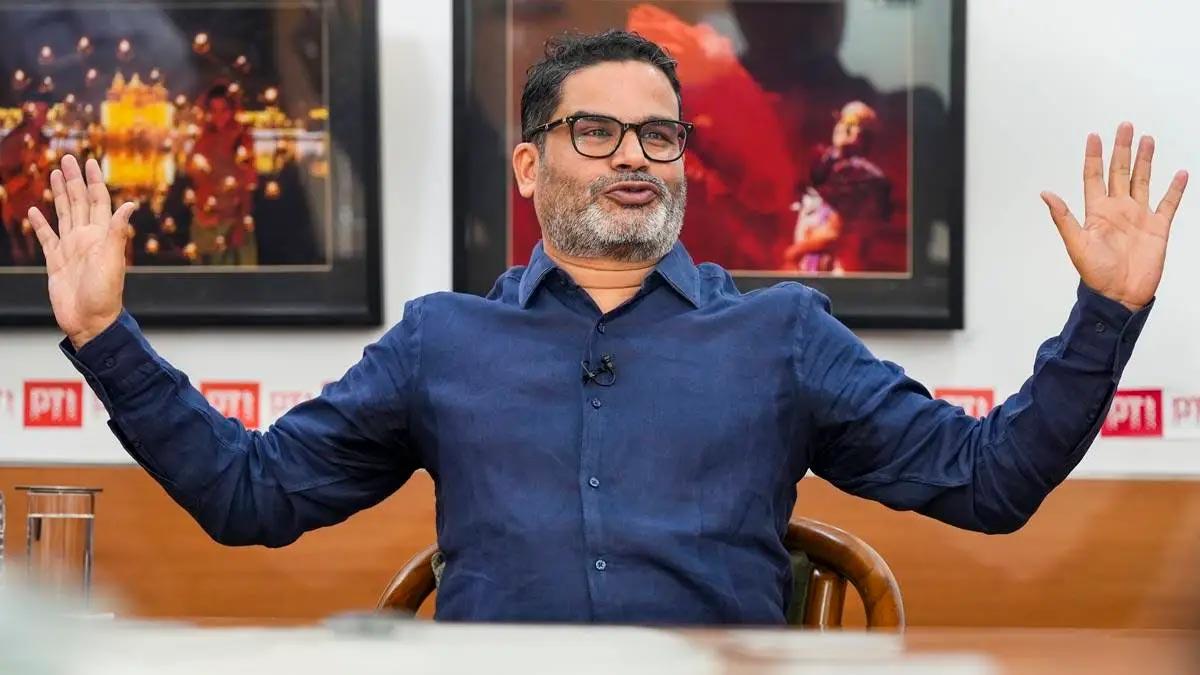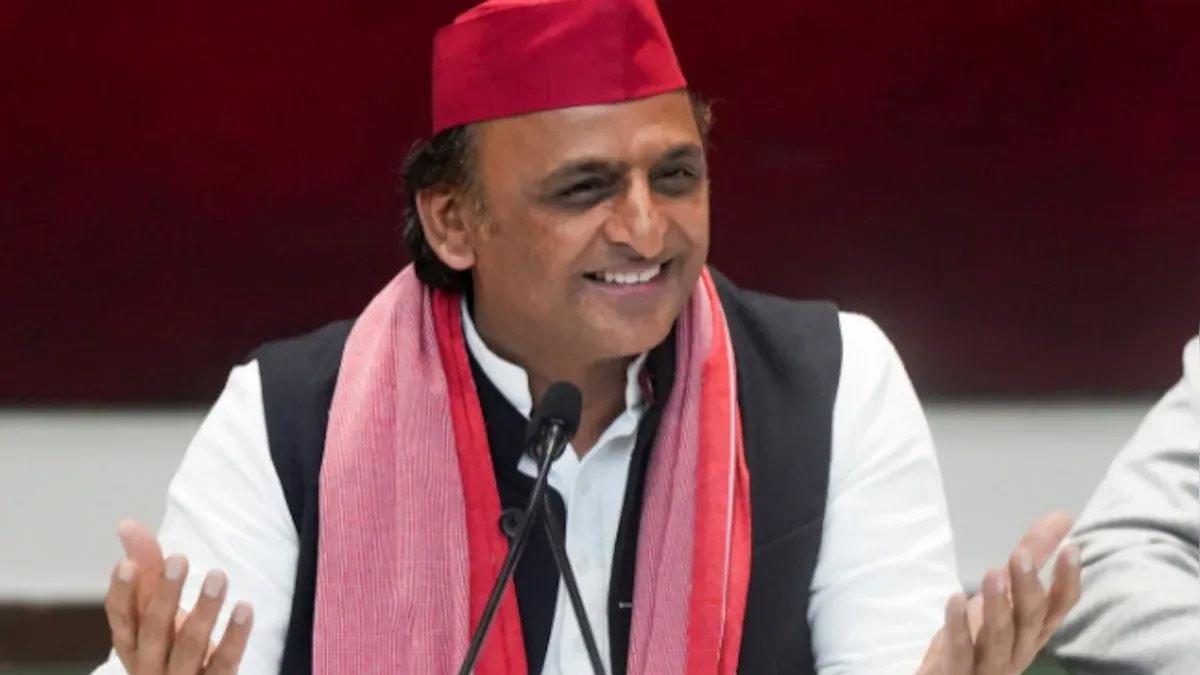While on a recent visit to the United States, an Indian Parliamentary delegation headed by Congress MP Shashi Tharoor emphasized the symbolism of the nomenclature Operation Sindoor, terming it a "brilliantly chosen" word symbolizing India's firm and united response against cross-border terror aided by Pakistan.
The interaction occurred at the National Press Club on Wednesday (local time) as part of the delegation's larger diplomatic overtures after the Pahalgam terror attack which claimed lives.
Addressing media and policy stakeholders, Tharoor explained the deeper cultural significance of the term 'sindoor'—a vermilion mark used by married Hindu women—and how the name captures both the feeling of grief and determination.
"Operation Sindoor, actually, I thought was a brilliantly chosen name," Tharoor said. "Sindoor, in case some Americans clearly are unaware of this, is a red spot that is put on the middle of the forehead of wedded women in the Hindu tradition. It's widely practiced. Some non-Hindus practice it also, but more for aesthetics, but technically speaking, the Sindoor is put on during the time of the wedding ceremony and is worn daily after that by wedded women."
Tharoor likened the sadistic brutality of the April 22 attack in Pahalgam, in which men were shot by terrorists before their families but the women were spared deliberately. He quoted the chilling account of a wife begging to be killed, only to be reminded that, "No, you go back and tell them what we've done."
"That is the reason the womenfolk were spared—ghastly, ghastly act. That sindoor had basically been erased from the foreheads of 26 Indian women, I was going to say Hindu women, but one of them actually was a Christian, but the sindoor had been erased from the remaining by these terrorist activities," he went on. "So we wanted first of all to take revenge on that act of wiping off the sindoor. But, secondly, it's no coincidence that the colour of the sindoor is bright vermilion red, not far from the colour of blood, and in many ways there is a Hindi saying that 'khoon ka badla khoon'; here it was 'sindoor ka badla khoon' hoga, that is, blood in return for what they have done with the sindoor."
Briefings and Bipartisan Support
The bipartisan Indian delegation, which had earlier concluded a visit to Brazil, also had vital meetings with prominent members of the US Congress. On Wednesday, they met with Bipartisan India Caucus Co-Chairs Ro Khanna and Rich McCormick, and Vice Co-Chairs Andy Barr and Marc Veasey.
As per a statement issued by the Indian Embassy in Washington DC, "The members of the Caucus were briefed on the cross-border terror suffered by India and India's firm and determined stand in the war against terror. The Congressmen clearly and in a bipartisan spirit condemned the terror attack at Pahalgam. They appreciated India's right to retaliate in the spirit of zero tolerance towards terror.". The Caucus members also welcomed India-USA's robust strategic partnership.
Besides that, the delegation had a high-level meeting with the US House Foreign Affairs Committee leaders. Among those present were Committee Chair Brian Mast, Ranking Member Gregory Meeks, Subcommittee on South and Central Asia Chair Bill Huizenga, Ranking Members Sydney Kamlager-Dove and Ami Bera, and Subcommittee on East Asia and the Pacific Chair Young Kim.
The Embassy observed, "The all-party Parliamentary delegation headed by @ShashiTharoor had frank & productive dialogue with @HouseForeign Affairs Committee (HFAC) leadership. The Parliamentary delegation informed the committee members of the success of Operation Sindoor in establishing a new normal in India's battle against cross-border terrorism. The Committee Leadership strongly condemned the Pahalgam attack in no uncertain terms. India and the US are together in their unflinching commitment and struggle against terrorism in all its manifestations.
Operation Sindoor: A Strategic Strike
Indian Armed Forces initiated Operation Sindoor on May 7 in response to the April 22 terror attack in the Baisaran Valley of Pahalgam, Jammu and Kashmir, that killed 26 individuals, of which 25 were Indian nationals and one Nepali national.
The military campaign aimed at terror infrastructure in Pakistan and Pakistan-occupied Jammu and Kashmir and killed more than 100 militants from groups like Lashkar-e-Taiba, Jaish-e-Mohammed, and Hizbul Mujahideen. India's armed forces also repelled Pakistani military aggression by attacking their airbases. Fighting between the two armies ended on May 10 after mutual agreement.
The US trip was a calculated diplomatic move by India to inform and involve global stakeholders, especially friends, regarding its stern action against terrorism and attempts at tackling violence as well as misinformation in the wake of the Pahalgam tragedy.
Read also| BJP Questions Rahul Gandhi’s Allegiance Over ‘Surrender’ Remarks

